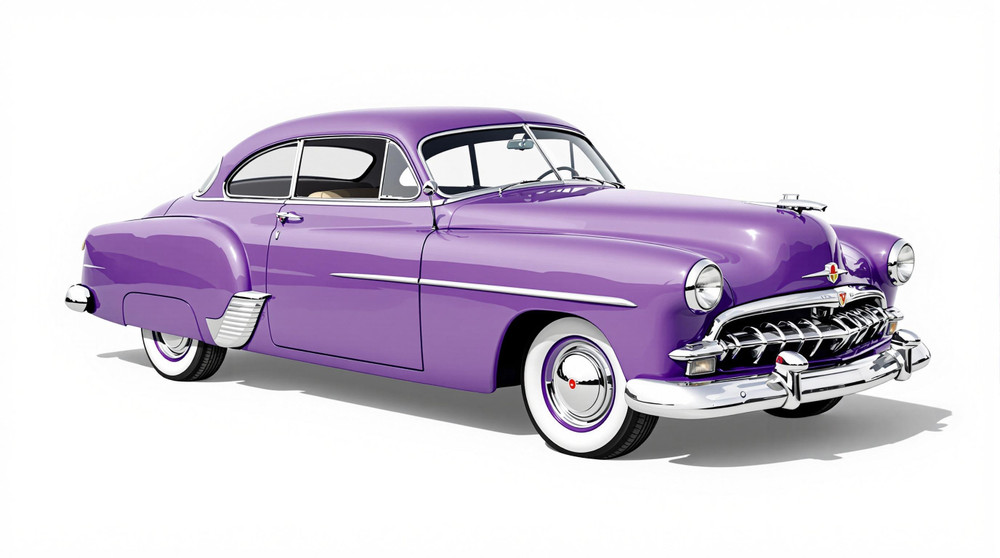Image of 1952 Kaiser Manhattan, Note: These illustrations use artistic license and may differ from actual historical models.
Performance Metrics
Fundamental Metrics
Emotional Appeal
MMP Rating
| Engine Specifications | |
|---|---|
| Engine: | Inline 6 |
| Displacement: | 226.2 cu in (3.7 L) |
| Horsepower: | 115 hp |
| Torque: | Estimated 190 lb-ft |
| Compression Ratio: | 7.3:1 |
| Ignition System: | Distributor and coil |
| Cooling System: | Liquid-cooled |
| Performance Specifications | |
| 0-60 Time: | Estimated 15 seconds |
| 1/4 Mile Time: | Not available |
| Top Speed: | 90 mph |
| Transmission and Drive | |
| Drive Type: | Rear-wheel drive |
| Transmission Type: | 3-speed manual, 4-speed Hydra-Matic |
| Fuel and Efficiency | |
| Fuel System Type: | Carburetor |
| MPG: | Estimated 15-20 mpg |
| Dimensions and Brakes | |
| Brakes: | Drum brakes |
| Wheelbase: | 118.5 in |
| Weight: | 3,200 lbs |
Note: Specifications for classic cars are given to the best of our ability, considering the limited and variant data available.
Unveiling the 1952 Kaiser Manhattan: A Testament to Postwar Automotive Elegance
The 1952 Kaiser Manhattan emerges as a beacon of postwar American automotive design, a testament to the ingenuity and ambition of an era looking towards a brighter future. Born from the collaborative efforts of industrialist Henry J. Kaiser and automobile executive Joseph W. Frazer, the Kaiser Manhattan was crafted during a time when the United States was transitioning from wartime production to peacetime innovation. This vehicle not only reflects the optimism of its age but also stands as a symbol of the short-lived Kaiser-Frazer Corporation's determination to make its mark in the automotive world. Notably, the Manhattan model was among the first to offer a supercharger option—a nod to the performance-minded driver of the early '50s.
Design and Innovation: A Journey Through Style and Substance
The exterior styling of the 1952 Kaiser Manhattan is nothing short of striking, with its sleek lines and bold chrome accents that exude a sense of motion even at a standstill. The car's wide grille and distinctive wraparound bumpers are complemented by elegant fender flares and a silhouette that captures the essence of forward-thinking design. Inside, passengers are greeted with an interior that showcases quality materials such as rich fabrics and detailed trim work, reflecting an era when craftsmanship was paramount. Technological features for its time were impressive, with innovations like an optional supercharger that added a significant power boost to the already capable inline-six engine. Color options ranged from conservative hues to more vibrant tones, with popular choices including Pine Tint Green and Hawaiian Bronze, colors that perfectly encapsulated the zeitgeist of the early 1950s. Body styles were varied, with sedans, convertibles, and hardtops available; however, it was the four-door sedan that became emblematic of the Manhattan line, offering both practicality and style in equal measure.
Historical Significance: Shaping an Era
The 1952 Kaiser Manhattan played a pivotal role in postwar automotive history by challenging established norms and introducing features that would pave the way for future innovations. Its blend of luxury, style, and performance set it apart from contemporaries and left an indelible mark on automotive design language. The introduction of supercharging as an option was particularly groundbreaking, hinting at performance capabilities that would become more mainstream in later decades.
Performance and Handling: The Road Experience
Performance-wise, the 1952 Manhattan delivered respectable figures for its time. With a top speed hovering around 100 mph and acceleration from 0-60 mph achievable within seconds—impressive for a car of its size during this period—the Manhattan offered more than just good looks. Handling was characterized by a smooth ride quality typical of luxury cars from this era; however, drivers had to be mindful of body roll during spirited cornering due to softer suspension setups. Driving this classic was about more than just numbers—it was about experiencing the harmonious hum of its engine and feeling connected to an age where every drive was an occasion. The tactile feedback through its large steering wheel and mechanical controls provided an authentic vintage driving experience that modern vehicles can only emulate.
Ownership Experience: Beyond The Wheel
Owners of the 1952 Kaiser Manhattan typically reveled in its dual role as both a reliable daily driver and an attention-grabbing show car. Maintenance was straightforward for those familiar with vehicles of this vintage, though sourcing specific parts today may require some dedication due to limited production numbers. Reliability was commendable for its day; however, as with any classic car, regular upkeep is key to preserving both function and value.
Fun Facts: The Manhattan's Unique Legacy
Among enthusiasts, several fun facts about the 1952 Manhattan help solidify its legacy: it's rumored that some high-profile individuals owned Manhattans during their heyday, adding to their allure. While not known for breaking speed records or dominating sales charts, its introduction of supercharging in a luxury sedan format was noteworthy. Despite positive attributes, common criticisms included less-than-stellar fuel efficiency—a common trait among vehicles from this period—and handling quirks associated with its luxurious ride.
Collector's Information: Valuing Rarity
Today's collector market sees varying values for 1952 Kaiser Manhattans based on condition, originality, and historical significance. With estimates suggesting fewer than 10,000 units produced across all body styles for this model year (though exact figures are elusive), rarity certainly plays into valuation. Price trends have shown appreciation over time for well-maintained examples; current estimates place values anywhere from $10,000 for models in need of restoration to upwards of $50,000 or more for pristine examples—though exceptional vehicles or those with significant provenance could fetch higher figures.
Conclusion: Celebrating Automotive Heritage
The 1952 Kaiser Manhattan is more than just a classic car; it's a piece of automotive heritage that encapsulates postwar optimism and innovation. From its elegant design to its pioneering features like optional supercharging, it represents an era where cars were not just modes of transportation but symbols of possibility. As we reflect on this iconic vehicle's journey through history, we're reminded that some legends truly are timeless.
1952 Kaiser Manhattan Catalog of Parts
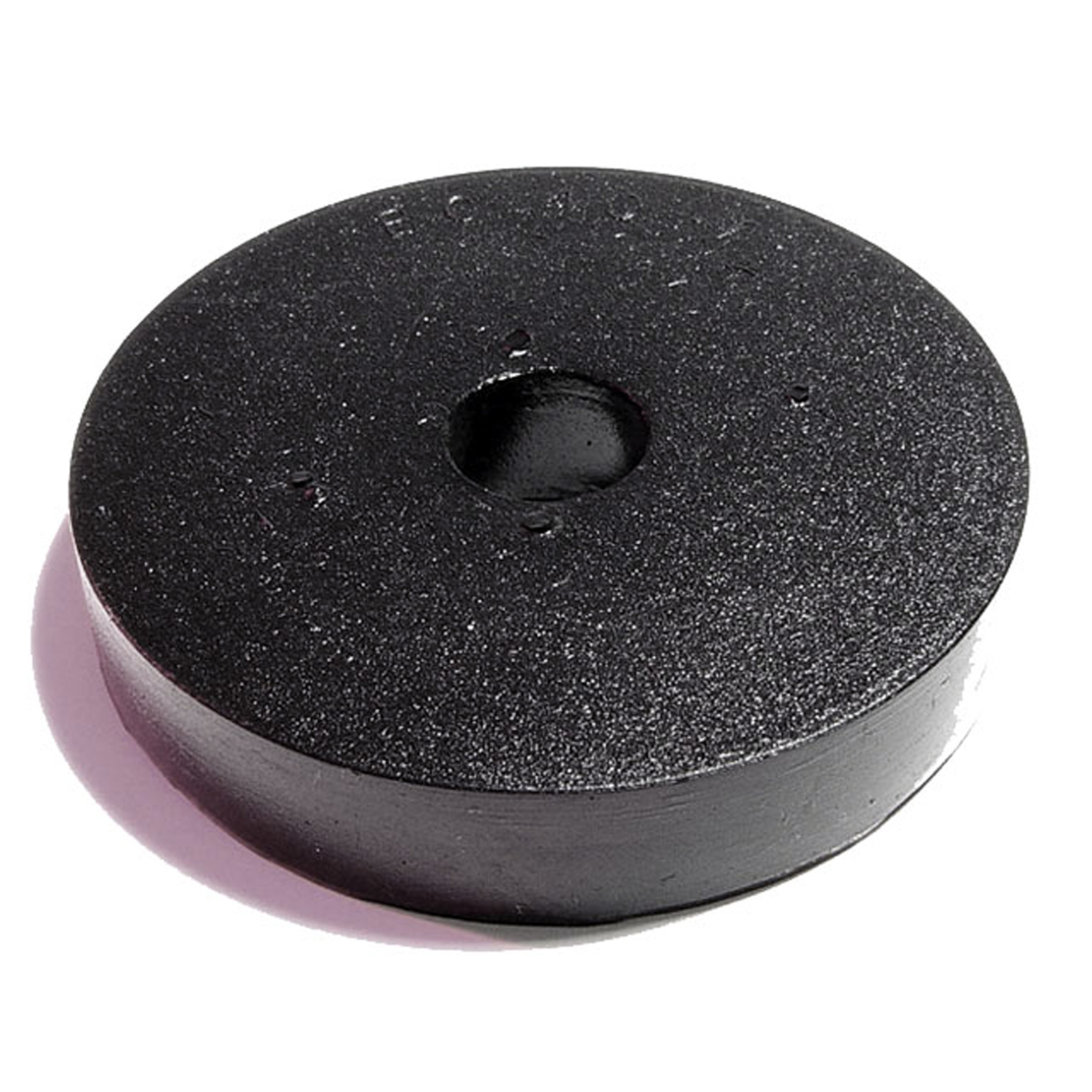 1952 Kaiser Manhattan Body Mount Cushion. 1-15/16" O.D., 3/8" I.D., 3/8" Thick-BC 40-ABody Mount Cushion. 1-15/16" O.D., 3/8" I.D., 3/8" Thick. Each
1952 Kaiser Manhattan Body Mount Cushion. 1-15/16" O.D., 3/8" I.D., 3/8" Thick-BC 40-ABody Mount Cushion. 1-15/16" O.D., 3/8" I.D., 3/8" Thick. Each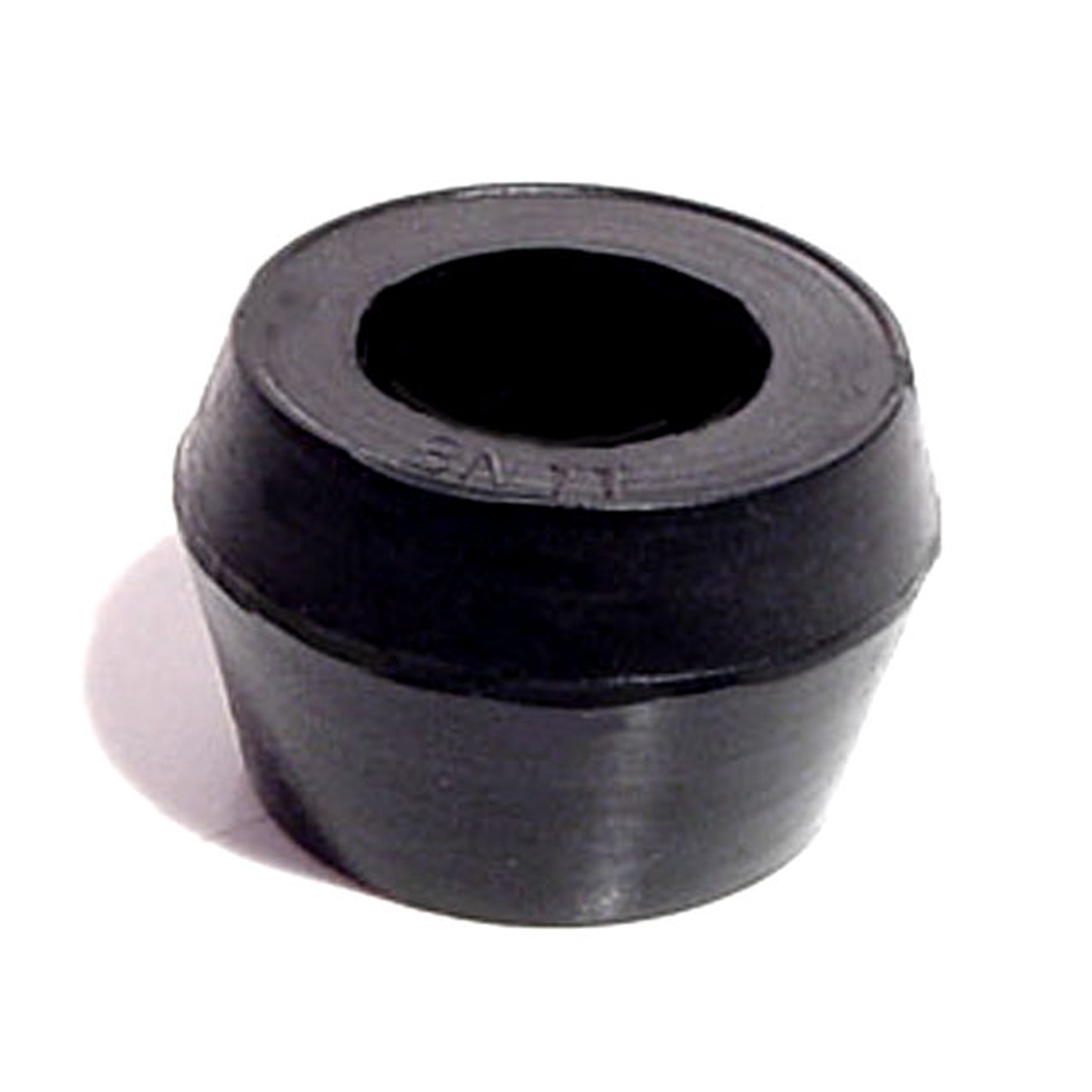 1952 Kaiser Manhattan Shock Absorber Grommet. 1" bottom O.D-BN 11Shock Absorber Grommet. 1" bottom O.D., 3/4" high, with 5/8" I.D. Each
1952 Kaiser Manhattan Shock Absorber Grommet. 1" bottom O.D-BN 11Shock Absorber Grommet. 1" bottom O.D., 3/4" high, with 5/8" I.D. Each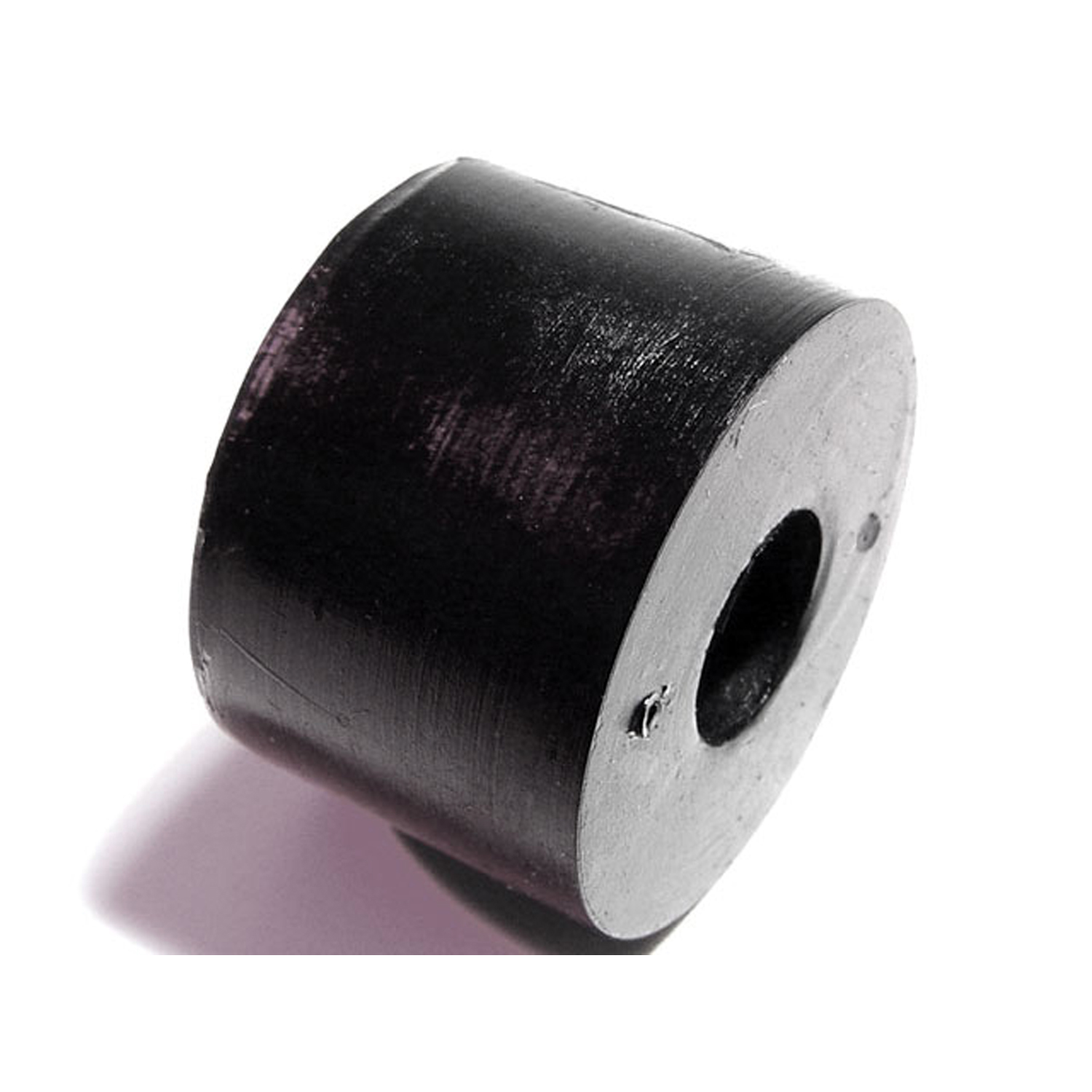 1952 Kaiser Manhattan Shock Absorber Grommet. 1" bottom O.D., 5/8" high-BN 13Shock Absorber Grommet. 1" bottom O.D., 5/8" high., with 3/8" I.D. Each
1952 Kaiser Manhattan Shock Absorber Grommet. 1" bottom O.D., 5/8" high-BN 13Shock Absorber Grommet. 1" bottom O.D., 5/8" high., with 3/8" I.D. Each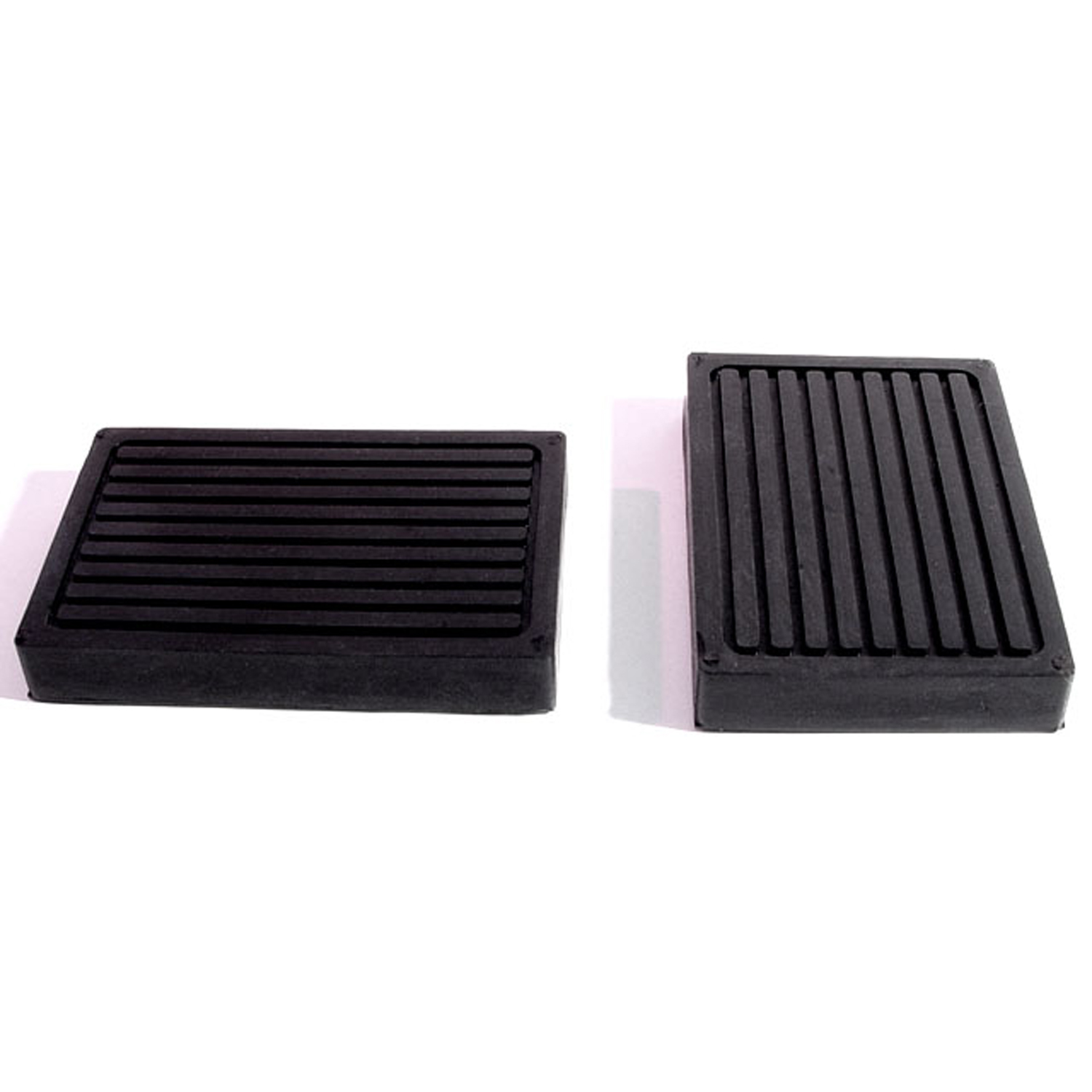 1952 Kaiser Manhattan Clutch and Brake Pedal Pads. 2-1/8" wide X 3-1/4" long-CB 89Clutch and Brake Pedal Pads. 2-1/8" wide X 3-1/4" long. Pair
1952 Kaiser Manhattan Clutch and Brake Pedal Pads. 2-1/8" wide X 3-1/4" long-CB 89Clutch and Brake Pedal Pads. 2-1/8" wide X 3-1/4" long. Pair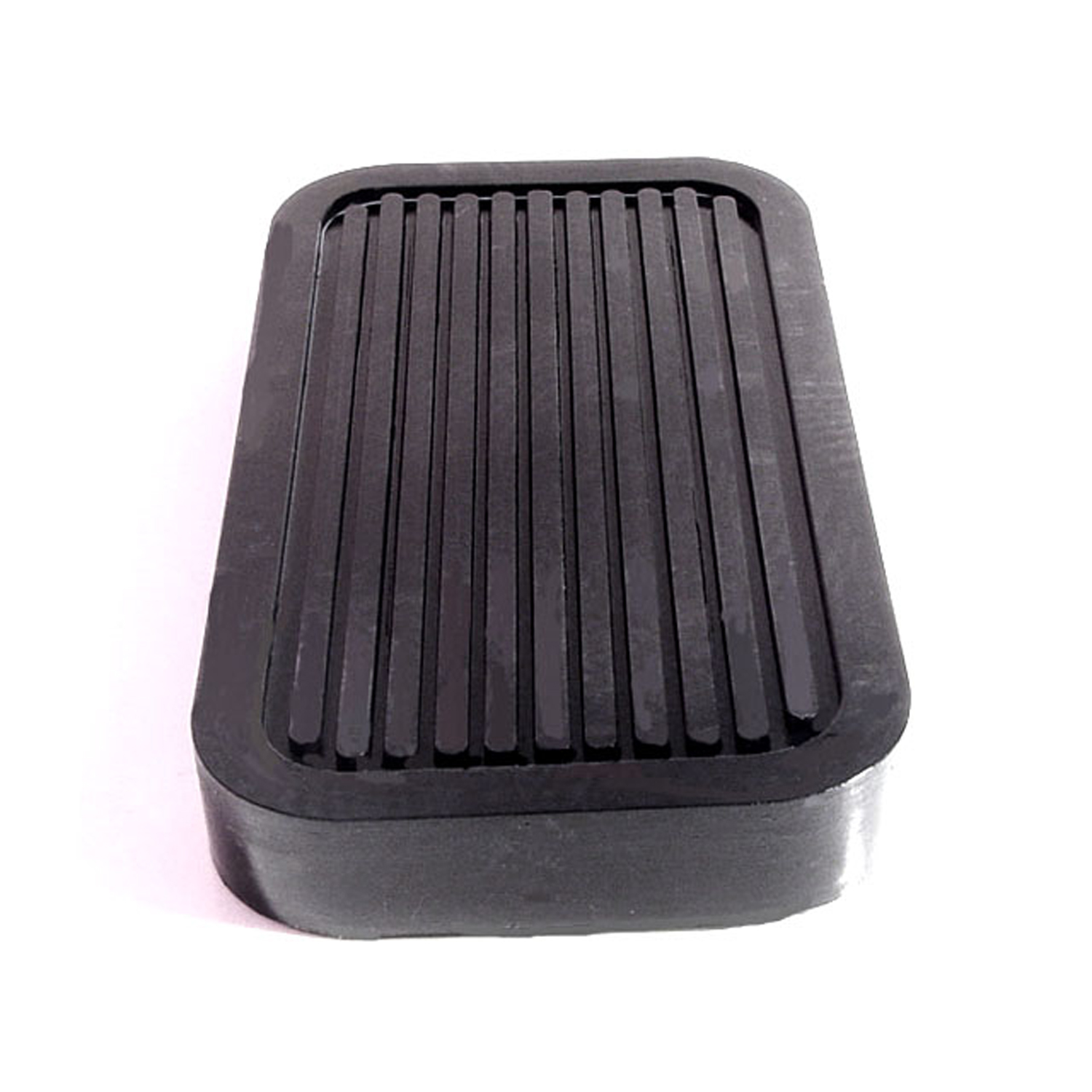 1952 Kaiser Manhattan Hydraulic Brake Pedal Pad. 2-5/8" wide X 4-3/4" long-CB 97Hydraulic Brake Pedal Pad. 2-5/8" wide X 4-3/4" long. Each
1952 Kaiser Manhattan Hydraulic Brake Pedal Pad. 2-5/8" wide X 4-3/4" long-CB 97Hydraulic Brake Pedal Pad. 2-5/8" wide X 4-3/4" long. Each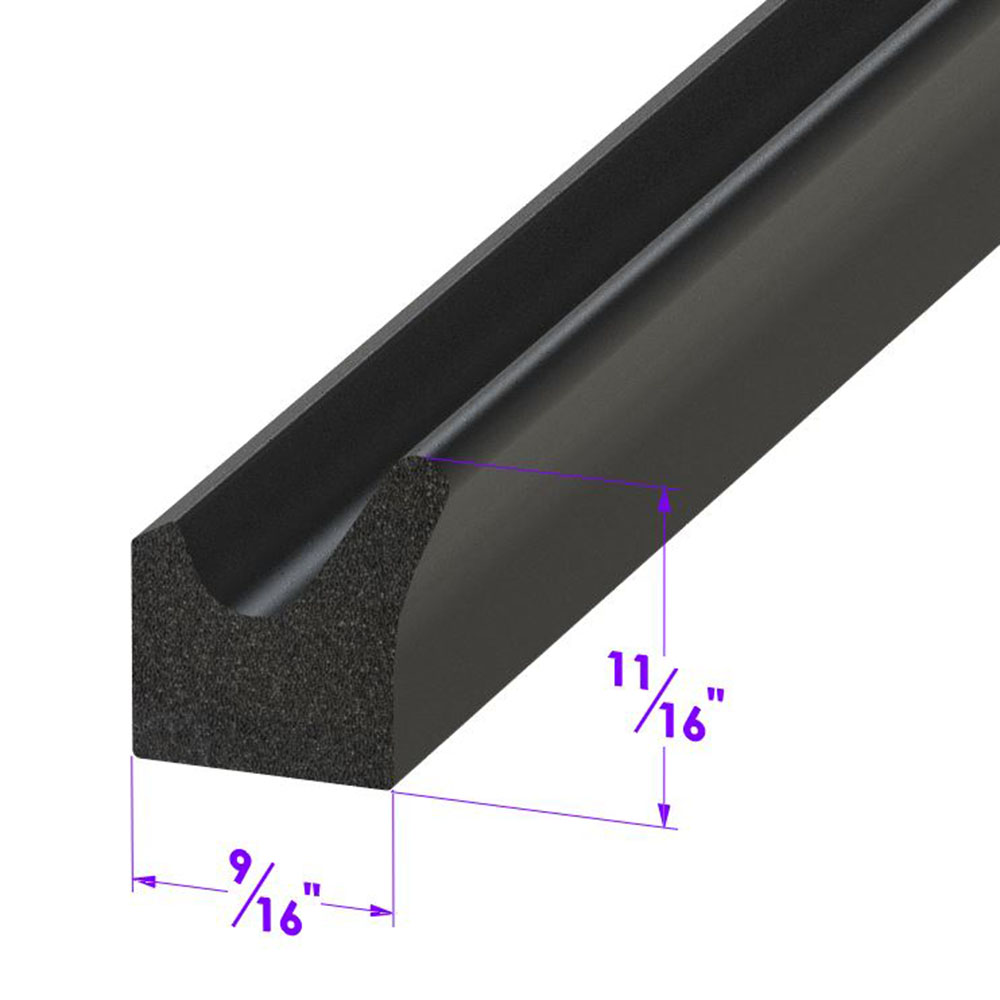 1952 Kaiser Manhattan Door side seal. Same as LP 40-A, but for a heavier seal-LP 40Door side seal. Same as LP 40-A, but for a heavier seal. Fits many domestic passenger cars and trucks. Used in Cobra kit cars as trunk weatherstrip. Per foot.
1952 Kaiser Manhattan Door side seal. Same as LP 40-A, but for a heavier seal-LP 40Door side seal. Same as LP 40-A, but for a heavier seal. Fits many domestic passenger cars and trucks. Used in Cobra kit cars as trunk weatherstrip. Per foot.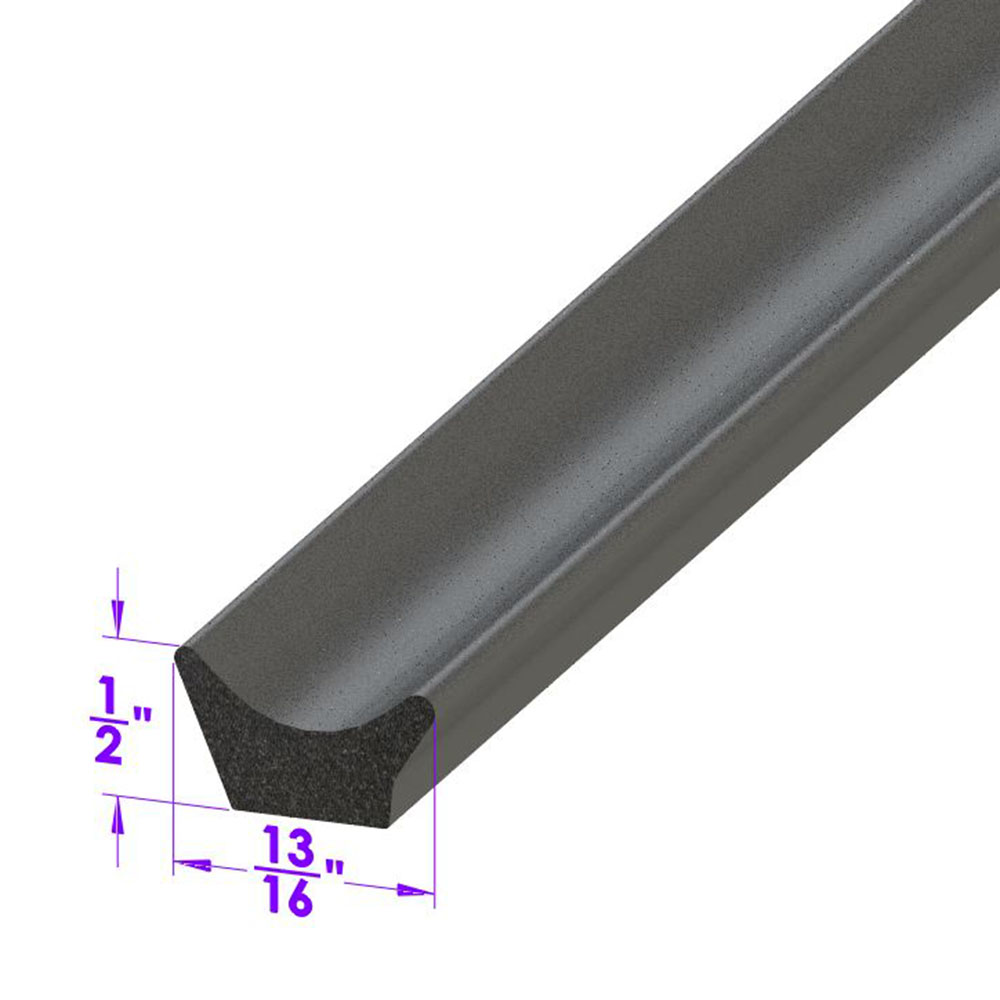 1952 Kaiser Manhattan Door side seal. Same as LP 40, but for a lighter seal-LP 40-ADoor side seal. Same as LP 40, but for a lighter seal. Fits many domestic passenger cars and trucks. Universal seal for street rods and customs. Used in Cobra kit cars as door weatherstrip. Per foot.
1952 Kaiser Manhattan Door side seal. Same as LP 40, but for a lighter seal-LP 40-ADoor side seal. Same as LP 40, but for a lighter seal. Fits many domestic passenger cars and trucks. Universal seal for street rods and customs. Used in Cobra kit cars as door weatherstrip. Per foot.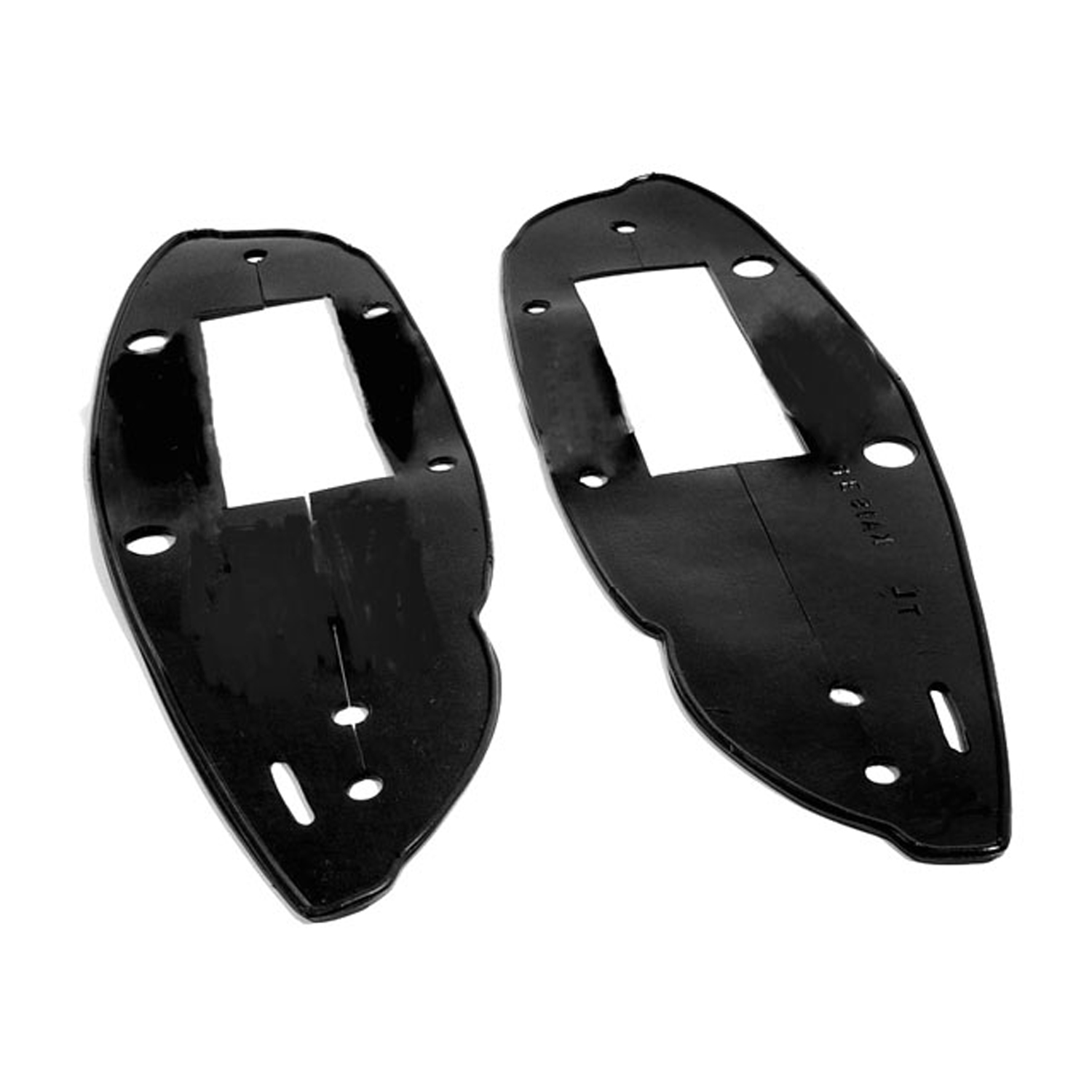 1952 Kaiser Manhattan Tail-light Pads. 13-1/8" long X 4-1/8" wide. Pair R&L-MP 801-ATail-light Pads. 13-1/8" long X 4-1/8" wide. Pair R&L
1952 Kaiser Manhattan Tail-light Pads. 13-1/8" long X 4-1/8" wide. Pair R&L-MP 801-ATail-light Pads. 13-1/8" long X 4-1/8" wide. Pair R&L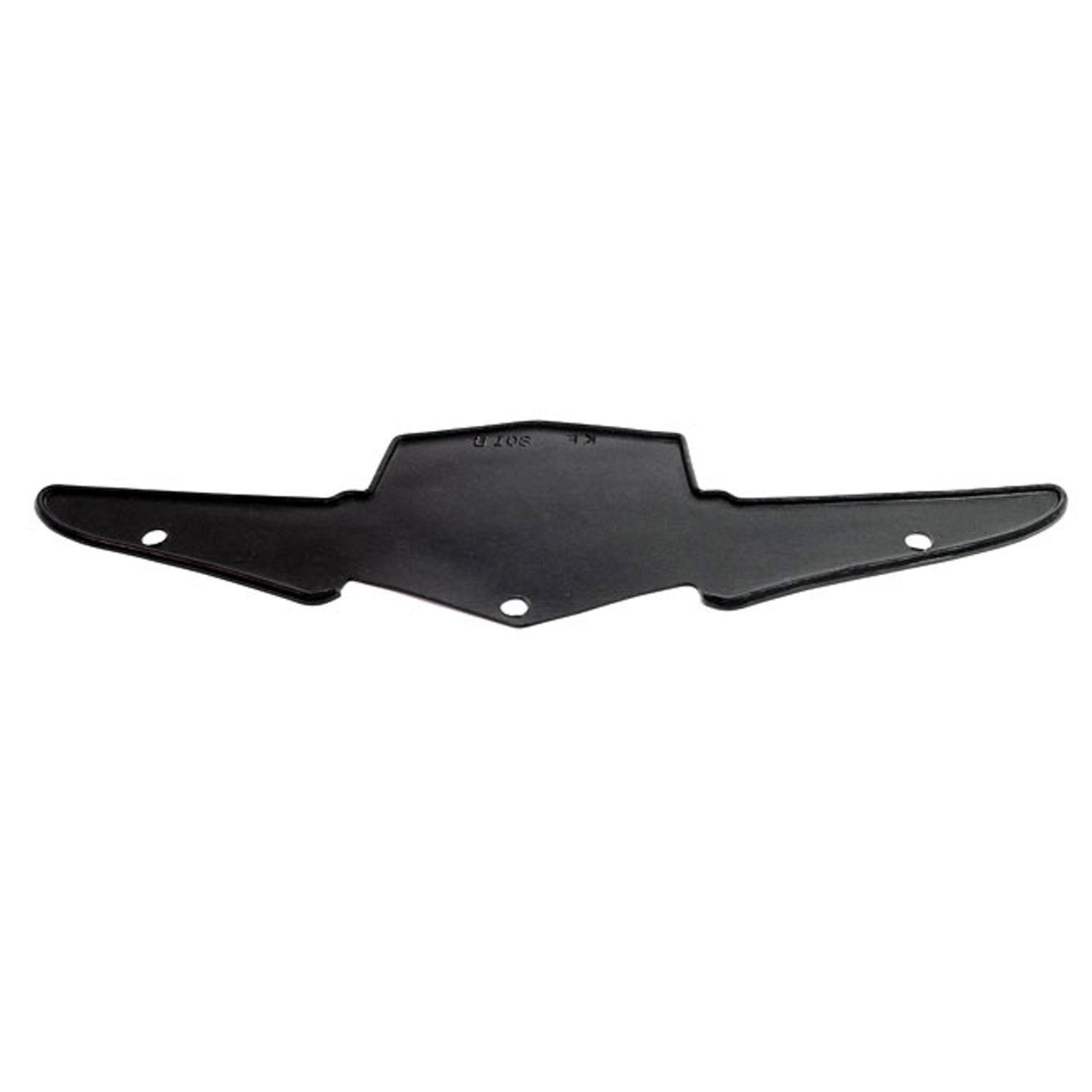 1952 Kaiser Manhattan Trunk Emblem Pad. 13-3/16" long X 3-3/4" wide. Each-MP 801-BTrunk Emblem Pad. 13-3/16" long X 3-3/4" wide. Each
1952 Kaiser Manhattan Trunk Emblem Pad. 13-3/16" long X 3-3/4" wide. Each-MP 801-BTrunk Emblem Pad. 13-3/16" long X 3-3/4" wide. Each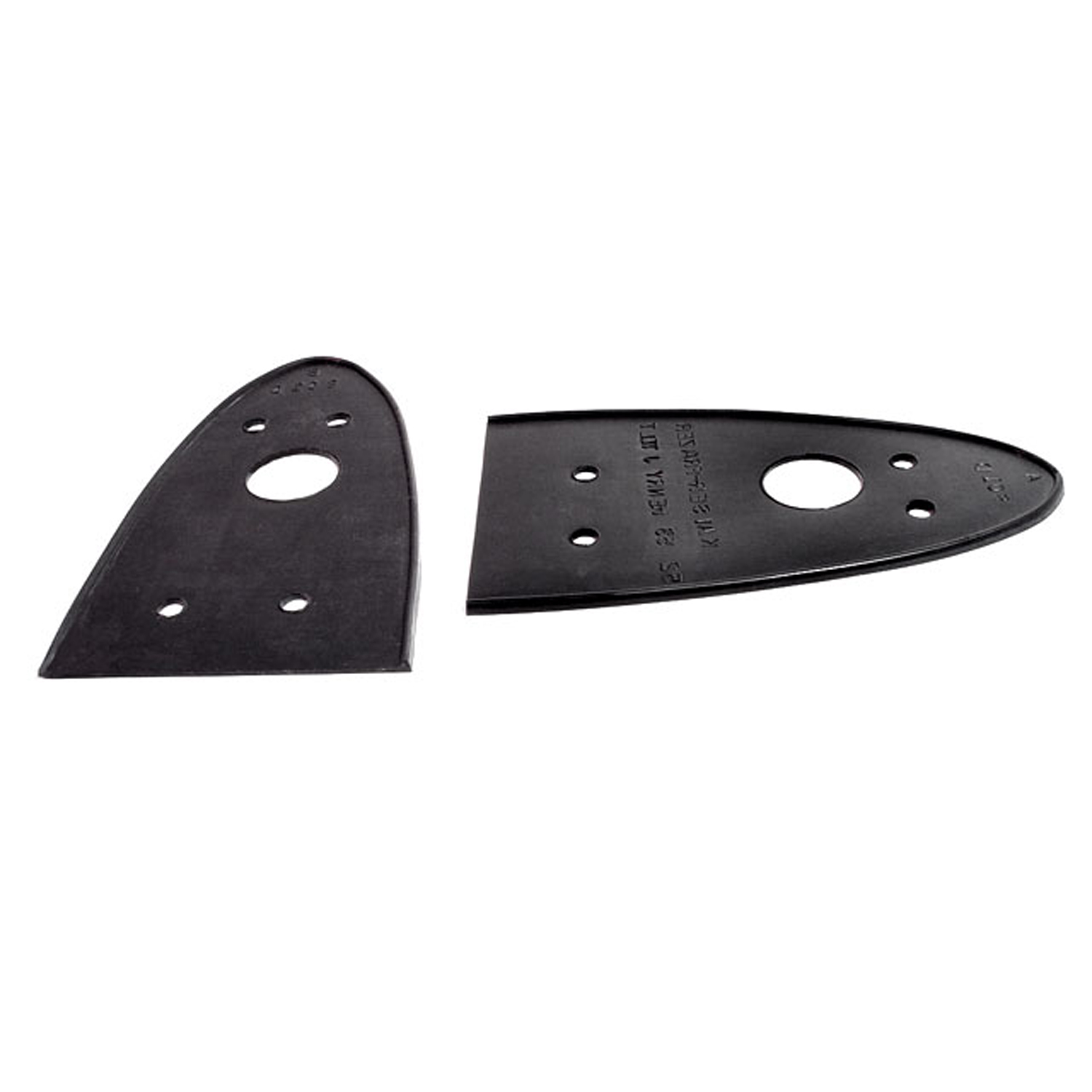 1952 Kaiser Manhattan Tail-light Pads. 6-15/16" long X 3-13/16" wide. Pair R&L-MP 801-DTail-light Pads. 6-15/16" long X 3-13/16" wide. Pair R&L
1952 Kaiser Manhattan Tail-light Pads. 6-15/16" long X 3-13/16" wide. Pair R&L-MP 801-DTail-light Pads. 6-15/16" long X 3-13/16" wide. Pair R&L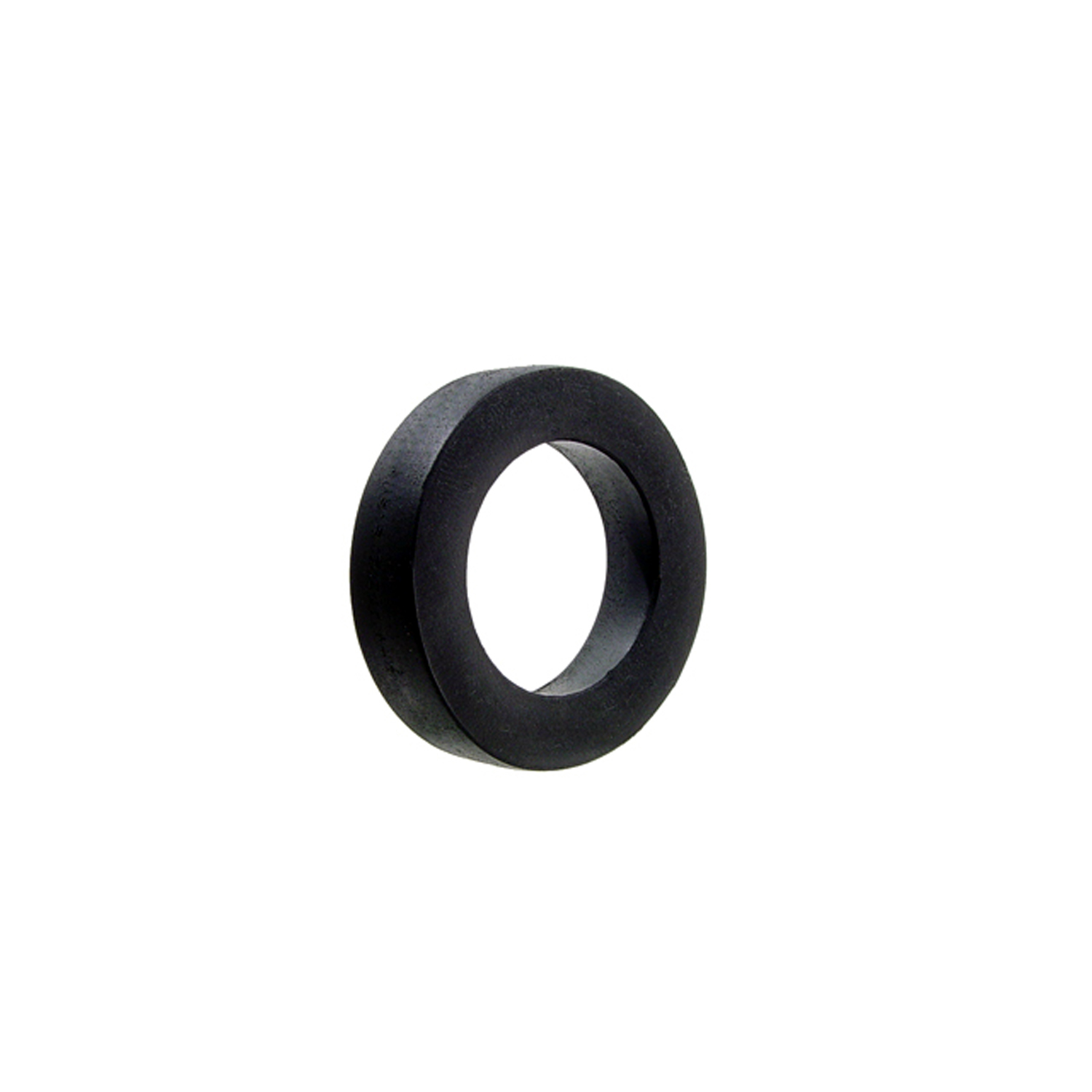 1952 Kaiser Manhattan Horn contact pad. 3 in. OD x 2 in. ID x 5/8 in. thk-RP 610Horn contact pad. 3 in. OD x 2 in. ID x 5/8 in. thk. Dense rubber. May work as an air-cleaner spacer for Kaiser-Darrin. Each.
1952 Kaiser Manhattan Horn contact pad. 3 in. OD x 2 in. ID x 5/8 in. thk-RP 610Horn contact pad. 3 in. OD x 2 in. ID x 5/8 in. thk. Dense rubber. May work as an air-cleaner spacer for Kaiser-Darrin. Each.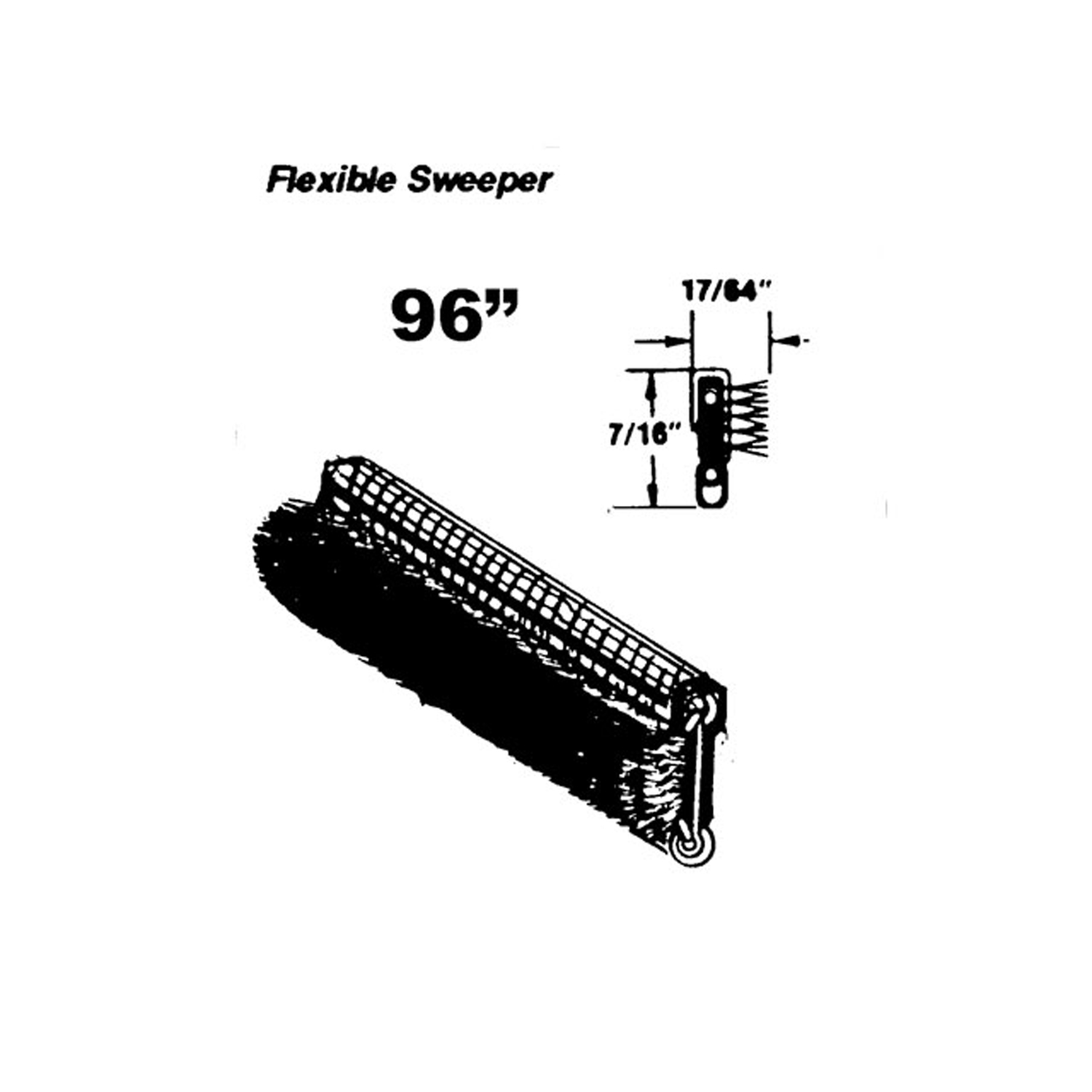 1952 Kaiser Manhattan Flexible window sweeper-WC 5-96Flexible window sweeper. Made with black electro-plated steel. 96 in. long. Each. NOTE: $20 special shipping charge applies for domestic orders. Call or email for overseas shipping costs. Part can be sectioned in two or three equal lengths to reduce overseas shipping costs.
1952 Kaiser Manhattan Flexible window sweeper-WC 5-96Flexible window sweeper. Made with black electro-plated steel. 96 in. long. Each. NOTE: $20 special shipping charge applies for domestic orders. Call or email for overseas shipping costs. Part can be sectioned in two or three equal lengths to reduce overseas shipping costs.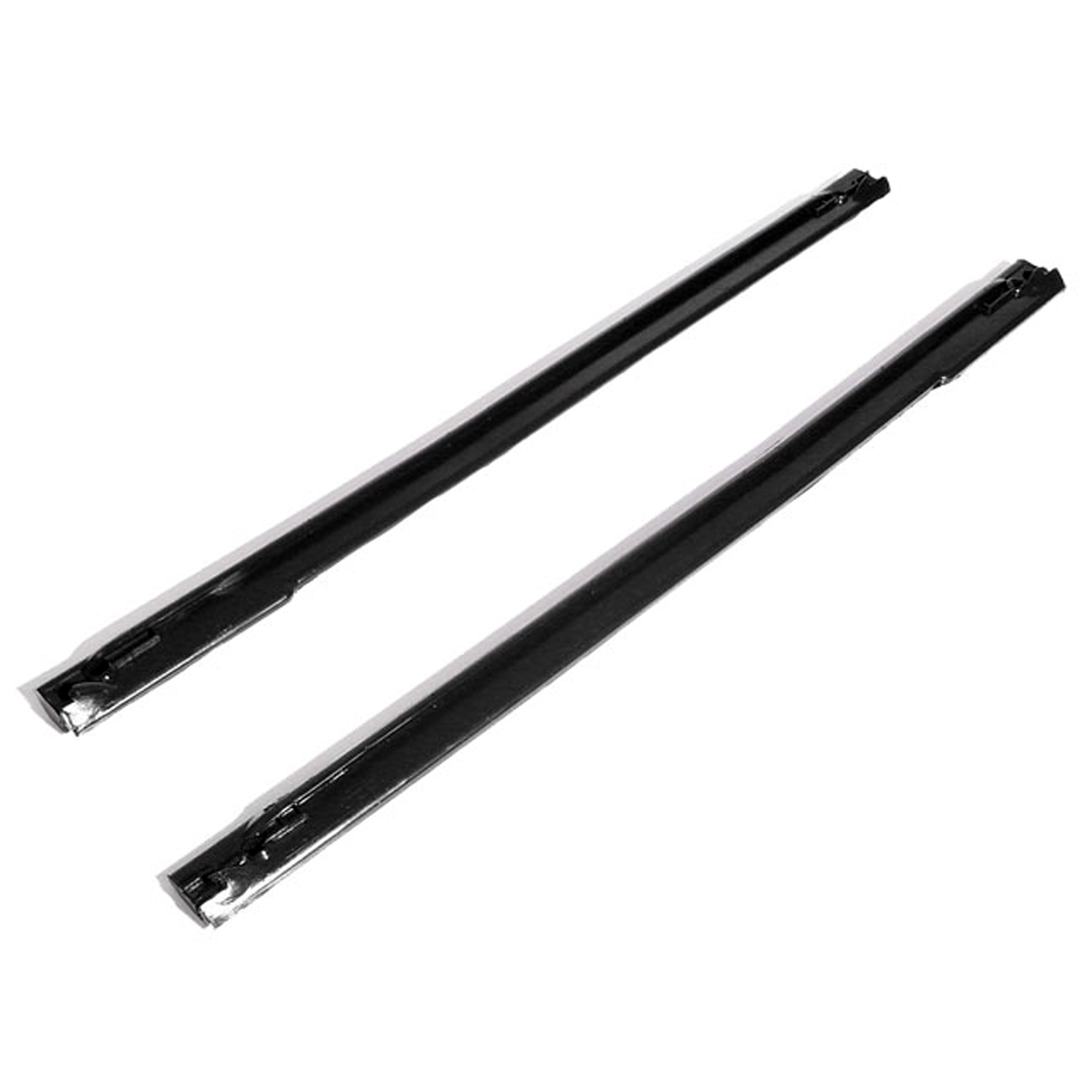 1952 Kaiser Manhattan Rear Vent Window Seals. 20-7/8" long-WR 5500-RRear Vent Window Seals. 20-7/8" long. Replaces OEM #KF802703845419. Pair R&L
1952 Kaiser Manhattan Rear Vent Window Seals. 20-7/8" long-WR 5500-RRear Vent Window Seals. 20-7/8" long. Replaces OEM #KF802703845419. Pair R&LWhy Choose Metro?
For over 100 years, Metro Moulded Parts has been the pinnacle of quality in classic car restoration parts. Our commitment to precision and authenticity in every component ensures a perfect fit and an OEM-level appearance.
- Expert Craftsmanship & Quality: Each part is a testament to our dedication to reliability and perfection, crafted from original designs and thoroughly tested.
- Advanced Technology: We use cutting-edge techniques to create flawless, long-lasting parts that surpass others in performance.
- SuperSoft Sponge – The Ultimate Door Seal: Not only are our door seals 30% softer than competitors', but they're also guaranteed to never leak. They effectively reduce wind and road noise, enhancing your classic car's comfort and driving experience.
- Proudly American: Our parts are a product of American craftsmanship, made in the USA with a spirit of excellence and heritage.
- Unrivaled Warranty: We back our products with a 30-year industry-leading warranty, a testament to our confidence in their quality.
Join us in preserving the legacy of classic cars with parts that are crafted for perfection, not just made.

